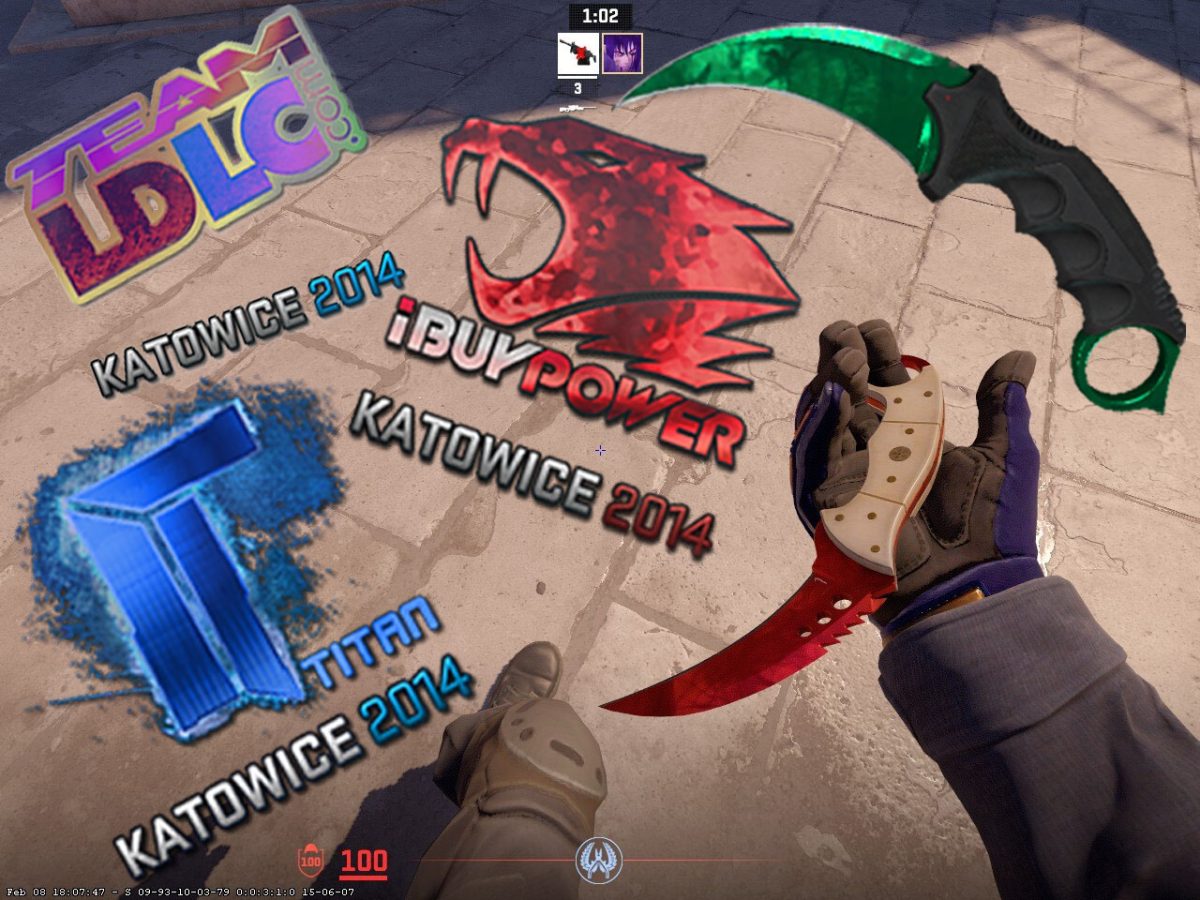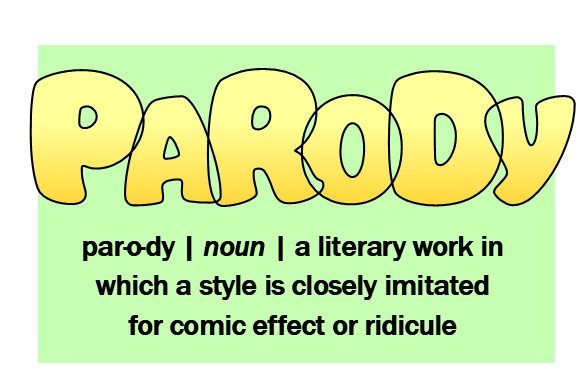
Gaming has now evolved to the point where gamers can play anywhere, whether they are on a smartphone or a handheld.
However, which is the better option? Which truly is the best fit for which type of gamer?
From prices to inputs, hardware to software, let this article serve as a guide.
Inputs:
There has always been one slight drawback with mobile gaming: the way players control the game. Using the touchscreen is the only method.
This is not a bad method of control for simple swiping and tapping, and it did wonders for games like “Plants vs. Zombies” and “Angry Birds,” but an issue arises when it comes to more complex control schemes in games such as “Minecraft” or “Call of Duty.”
With a touchscreen, users can not really get the same degree of control as with a button or D-Pad/directional pad.
Handheld gaming definitively has the edge when it comes to input, as each system has more than enough buttons to control the games on the platform. Sure the buttons can be small, along with the system, but they are often more than serviceable to play games.
Winner: Handheld
Price Point of Hardware:
Despite them being extraordinarily common, phones are marginally more expensive than dedicated handheld consoles on the market, with the newest iPhone retailing for a quite high price of $1399. However, this isn’t typically the case for the user, as the phone’s price is usually packed into the data plan.
In comparison, handheld consoles are significantly cheaper, with the Nintendo Switch retailing for $300 and Valve’s Steam Deck retailing for $500.
To add further on handhelds being cheaper, if any potential users decide to go back a generation, a Nintendo 3DS can be found for as low as $80 or as high as $250, depending on the model.
Winner: Handheld
Quality of Games:
Quality is often the main thing gamers will look for when they are looking for something to play, and if the game isn’t up to the standard they want, they will most likely pass it up.
The same cannot be said about users on their phones, as they are usually just looking to play something quick while they are waiting for the bus or just want something quick to play.
Quality of games is just something that depends not only on the platform, but the type of game they want to play. There are hundreds of games that cater to both types of people on both platforms.
But if you look at the totality of the games released on consoles compared to the totality of the ones on mobile, it’s fair to say that handhelds win, as they have massive development teams, and are usually multi-hour experiences compared to the pick up and play nature of mobile.
Winner: Probably Handheld
Casual aspect of Games:
Casual gaming is something that has shifted over the years. With the introduction of quick-pick-up-and-play games on phones, the definition of a “casual player” has changed.
Initially, a casual player was just someone who played games recreationally, and usually waited a bit to pick up the newest video games. Now, a casual player is usually just someone who has a mobile game or two on their phone.
Casual games are still on handheld consoles, like with simple matching games and straight up ports, but the focus is not these types of games. Handheld systems still focus on hardcore genres and are more focused on the “hardcore” gamer.
Despite handheld platforms including these more modern casual games, Phones excel far more at giving players something quick to play at a moment’s notice.
Winner: Mobile
Price Point of Games:
When it comes to price of games, mobile has handhelds beat, with most games being free with “optional” microtransactions.
Microtransactions are small optional purchases that can range from simple cosmetics–such as in games like Roblox–to power ups to gain an immense and often unfair advantage–such as in “Clash of Clans.”
Handheld console games are typically lower cost than full console games, but they can still be quite pricey, typically ranging from $20 to $60.
The cost of handheld games basically kills any chance of them winning in this sense, as they are actually priced, compared to most mobile games which are free unless you deliberately pay money.
Winner: Mobile, but only kind of
Advertisements inside of Games:
This one is literally a no contest win for handheld gaming, as most people hate when a free game on their phone is littered with ads. That’s something that handheld has never done, sure some games have had sponsors featured in game as a tie in, but they never interrupt the flow of gameplay like ads in mobile games do. There has been some ports of previously handheld games to mobile, and some do include ads, but they have very little to no impact on the original handheld version.
Winner: Handheld
Conclusion:
If players just want something to play at a moment’s notice, and the quality is not something they really care about, mobile gaming is the one for them.
If they want something that is an enriching experience, and they are fine with owning another device to play it, a handheld is a good choice as well. However, the overall winner in this sense is handheld, as it got four points as opposed to mobile only getting two points





